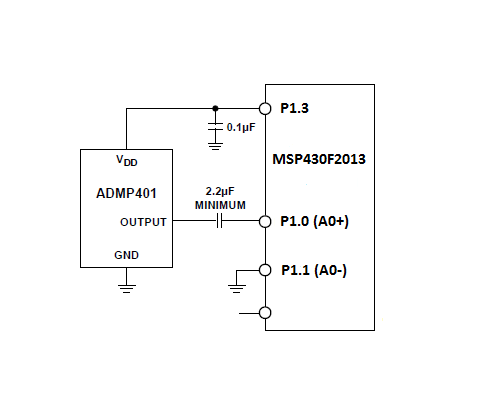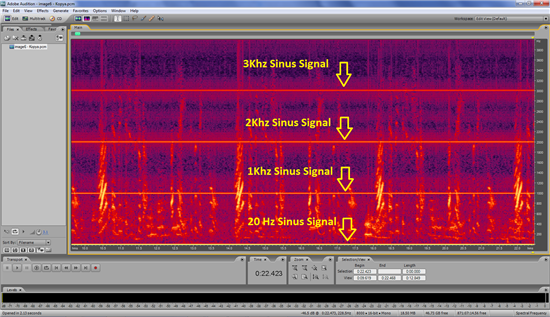The MSP430F2013 includes a five channel multiplexed sigma delta analog to digital (AD) converter. The AD converter has up to 16 bit resolution as well as an on board reference voltage. 2^16 levels of resolution, which is very high.
I use SD16 with ADMP401 MEMS microphone. The ADMP401 MEMS microphone' s Output DC Offset is 0.8 V. But SD16 max input voltage is 0.6 V. Are they compatible with each other ?
I want to use SD16 pre-amp required to boost the audio signal to a usable level.
How can i use MEMS microphone with MSP430F2013 ?






